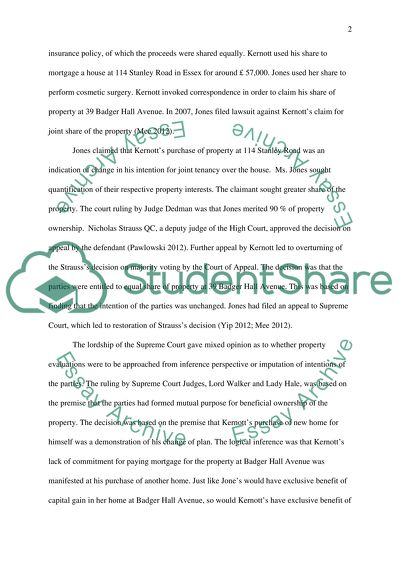Cite this document
(“Jones v Kernott [2011] UKSC 53 has been Described as a Truly Essay”, n.d.)
Jones v Kernott [2011] UKSC 53 has been Described as a Truly Essay. Retrieved from https://studentshare.org/law/1454287-jones-v-kernott
Jones v Kernott [2011] UKSC 53 has been Described as a Truly Essay. Retrieved from https://studentshare.org/law/1454287-jones-v-kernott
(Jones V Kernott [2011] UKSC 53 Has Been Described As a Truly Essay)
Jones V Kernott [2011] UKSC 53 Has Been Described As a Truly Essay. https://studentshare.org/law/1454287-jones-v-kernott.
Jones V Kernott [2011] UKSC 53 Has Been Described As a Truly Essay. https://studentshare.org/law/1454287-jones-v-kernott.
“Jones V Kernott [2011] UKSC 53 Has Been Described As a Truly Essay”, n.d. https://studentshare.org/law/1454287-jones-v-kernott.


